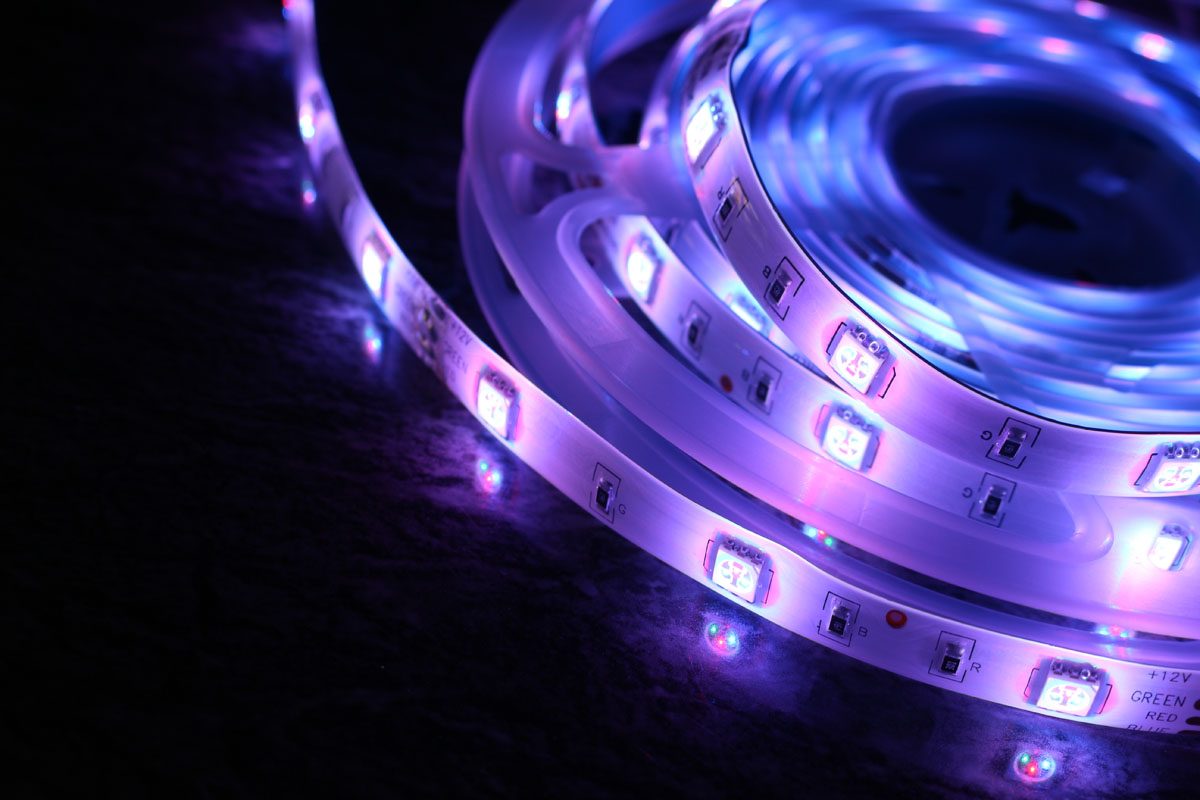How Do LED’s Work?
LED is an acronym for light emitting diode. LED lighting merchandise creates light up to ninety percent more efficiently than traditional light bulbs. What way to they work? An electrical current goes through a microchip, which illuminates the light sources we refer to as LEDs and the outcome is visible light. To prevent performance challenges, the heat LEDs create is absorbed into a heat exchanger.
Lifetime of LED Lighting Products
The useful lifespan of LED lighting merchandise is defined differently than that of other light sources, like an incandescent or CFLs. LEDs usually do not “burn out” or fail. Rather, they go through ‘lumen reduction’, in which the brightness of the LED steadily dims over time. Different than incandescent bulbs, LED “lifetime” is determined on a foretelling of when the light output decreases by thirty percent.
How are LEDs Used in Lighting
LEDs are integrated into bulbs and fixtures for overall lighting applications. Small in size, LEDs provide unconventional design opportunities. Many LED bulb solutions could physically resemble regular light bulbs and better match the look of them. Many LED light fixtures might have LEDs included as a constant source of light. There are also hybrid advances where a non-conventional “bulb” or replaceable light source approach is used and specially designed for a customized fixture. LEDs provide a great opportunity for innovation in lighting form elements and fit a broader scope of applications than regular lighting technology.
LEDs and Heat
LEDs use heat exchangers to soak up the heat produced by the LED and expend it into the surrounding setting. This keeps LEDs from getting too hot and failing. Thermal control is typically the single most important aspect in the successful performance of an LED over its lifespan. The greater the temperature at which the LEDs get operated, the faster the light is going degrade, and the shorter the useful life is going to be.
LED products use a multitude of unique heat exchanger designs and arrangements for controlling heat. Presently, progressions in materials have allowed manufacturers to design LED’s that match the shapes and sizes of traditional run of the mill bulbs. Despite the heat exchanger design, each LED product that has earned the ENERGY STAR has been tested to guarantee that they correctly control the heat so that the light output is adequately maintained through the end of its assessed life.
In What Way Is LED Lighting Different Than Other Light Sources, Like Traditional Bulbs and CFL’s?
LED lighting differs from typical and CFL’s in a multitude of ways. When designed correctly, LED lighting is more efficient, adaptable, and has a longer life.
LEDs are “directional” sources of light, meaning they produce light in a particular direction, dissimilar to incandescent and CFL’s, which produce light and heat in all directions. Meaning LEDs can use light and energy more efficiently in different applications. Nevertheless, it also means that progressive engineering is required to create an LED light bulb that produces light in all directions.
Typical LED colors comprise of amber, red, green, and blue. To create white light, various color LEDs are blended or covered with a phosphorous material that changes the color of the light to an everyday “white” light utilized in homes. Phosphor is a yellowish-like material that covers many LEDs. Colored LEDs are universally utilized as indicator and signal lights and, as the power button on a PC.
In CFL’s, an electric current flow between conductors at each end of a tube enclosing gases. This reaction creates UV light and heat. The UV light is changed into visible light when striking a phosphor coating on the inside of the bulb.
Incandescent bulbs create light via electricity to heat a metal filament until it turns “white” hot or is said to illuminate. Therefore, incandescent bulbs release ninety percent of their energy being heat.
Bargain Store Equipment
Bargain Store Equipment is your one stop shop for retail store equipment as well as restaurant equipment, display cases, shelving and more. We have great prices on all your retail equipment needs including slatwalls, mannequins, gridwalls, counters, gondola shelves, showcases, display refrigerators and more. Contact Bargain Store Equipment today!














